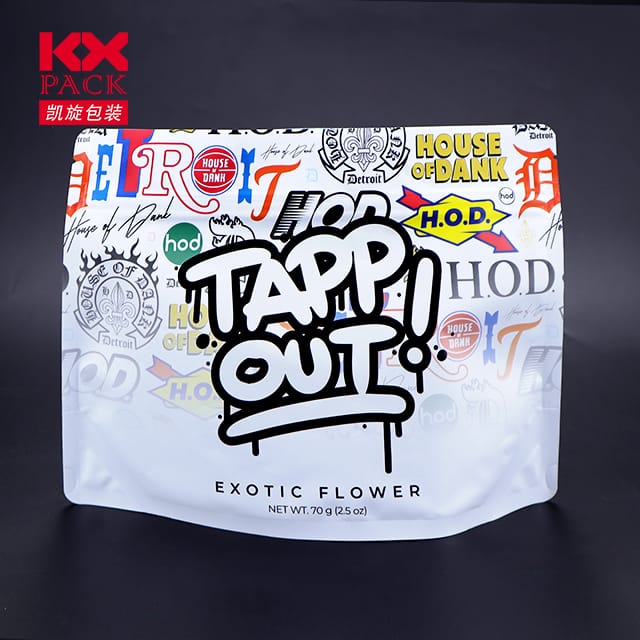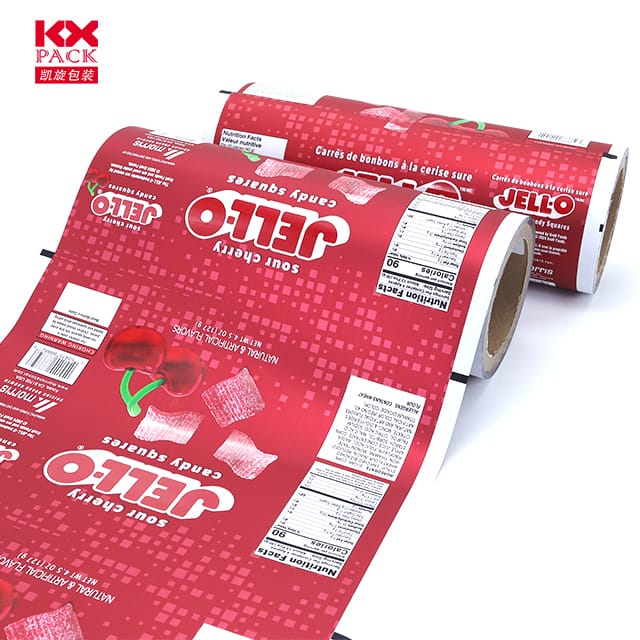포장을위한 플라스틱 필름의 양날의 검: 편의 vs. 환경 영향 (3)
포장을위한 플라스틱 필름
Plastic film is ubiquitous in our lives. 식료품 점에서 운송 창고까지, 이 다재다능한 재료 랩, 보호합니다, 신선한 농산물에서 깨지기 쉬운 전자 제품에 이르기까지 모든 것을 보존합니다. 그러나 환경 문제가 커짐에 따라, 질문이 다가옵니다: 플라스틱 폐기물을 줄여야 할 긴급한 필요로 플라스틱 필름의 편의를 조정할 수 있습니까?? Let’s unpack the role of plastic film in modern life and explore sustainable alternatives.
Why Plastic Film Dominates Packaging
- 다재 & 비용 효율성
포장을위한 플라스틱 필름 (like polyethylene, or PE) is lightweight, 유연한, and inexpensive to produce. It can be tailored for various uses—cling wrap, shrink wrap, bubble wrap, 그리고 더. - Barrier Protection
It shields products from moisture, 산소, 그리고 오염 물질, extending shelf life and reducing food waste. 기업용, this means fewer losses and happier customers. - 투명도 & Marketing Appeal
Clear plastic film allows products to be visible, enhancing retail appeal. 소비자를 위해, it provides a “see-before-you-buy” advantage.
The Environmental Toll
- 비 생분해 불가: Traditional plastic film takes centuries to decompose, contributing to landfills and ocean pollution.
- 미세 유전자: As plastic breaks down, it releases microplastics that contaminate ecosystems and enter the food chain.
- Carbon Footprint: Production relies on fossil fuels, contributing to greenhouse gas emissions.
Stat Alert: The Ellen MacArthur Foundation estimates that by 2050, plastic could outweigh fish in the ocean.
Innovative Solutions & Alternatives
- 생분해성 & 퇴비화 가능한 영화
- PLA (폴리 락트산): Derived from corn starch or sugarcane, it decomposes in industrial composting facilities.
- 파 (폴리 하이드 록시 알 카노 네이트): A biodegradable plastic produced by microbial fermentation.
- Plant-Based Films
Materials like 셀룰로오스 (from wood pulp) 또는 agar (from seaweed) offer compostable, non-toxic options. - Reusable & Recyclable Systems
- Beeswax Wraps: A natural, washable alternative to cling film.
- Silicon Lids: Durable covers for bowls and containers.
- Returnable Packaging: Some companies are trialing reusable plastic crates or containers.
- 화학적 재활용
Emerging technologies break down plastic polymers into raw materials, enabling circular production.
How You Can Make a Difference
- Reduce: Opt for loose produce, buy in bulk, or choose products with minimal packaging.
- Reuse: Repurpose plastic film for tasks like covering leftovers or protecting plants.
- Recycle: Check local guidelines—some regions accept clean plastic film for recycling.
- 에코 브랜드를 지원합니다: Patronize companies using compostable or recycled materials.
The Future of Plastic Film
While 포장을위한 플라스틱 필름 isn’t going away overnight, progress is underway. Governments are enforcing stricter regulations (예를 들어, the EU’s Single-Use Plastics Directive), and industries are investing in greener alternatives. 소비자, too, hold power—by demanding sustainability, we push the market toward innovation.
최종 생각
포장을위한 플라스틱 필름 has revolutionized packaging, but its environmental cost is undeniable. By embracing alternatives, recycling wisely, and supporting eco-conscious brands, we can mitigate its impact. Let’s strive for a future where convenience and sustainability aren’t mutually exclusive.
💡Pro Tip: When recycling plastic film, ensure it’s clean and dry to avoid contamination.
What’s your strategy for reducing plastic film use? Share your tips in the comments!
키워드: 포장을위한 플라스틱 필름, 지속 가능한 포장, biodegradable plastic film, compostable alternatives, reduce plastic waste, eco-friendly packaging solutions







